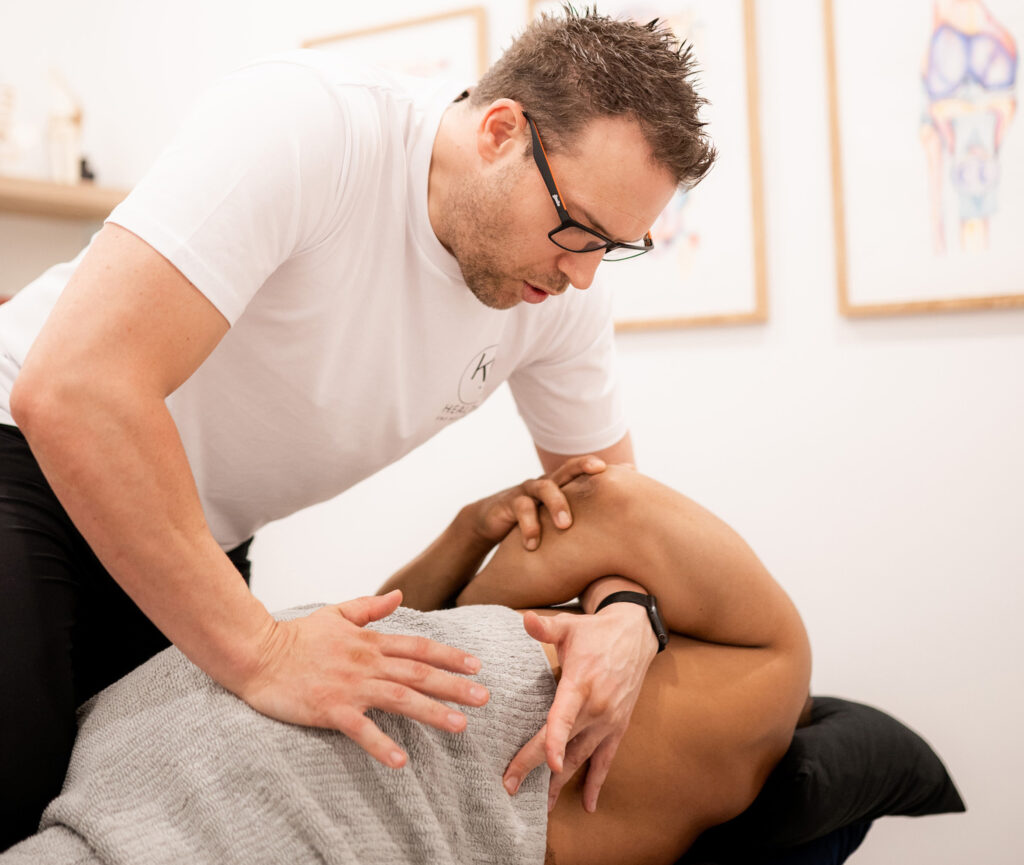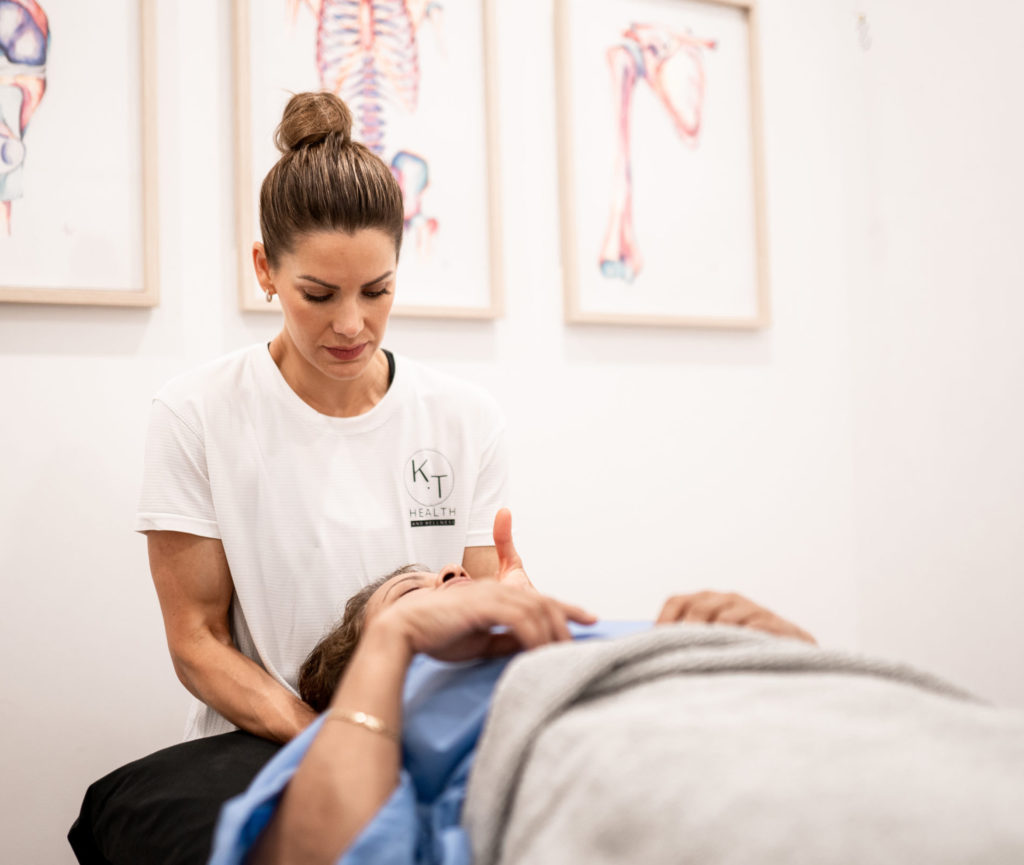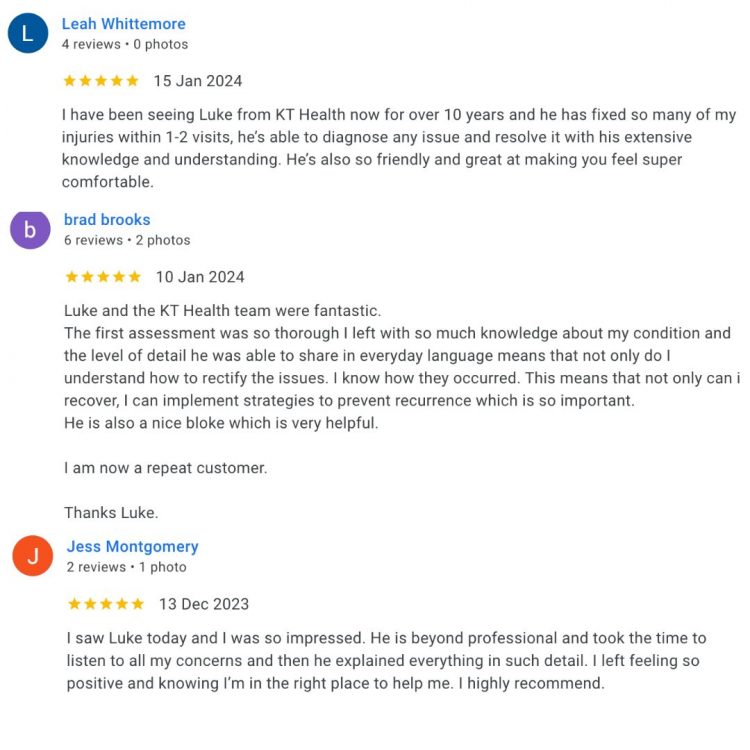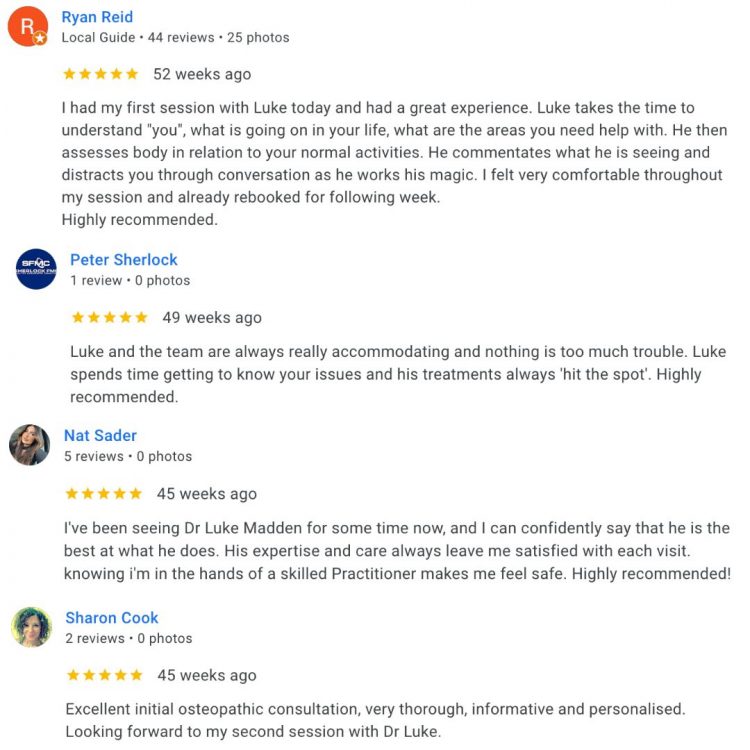Olecranon bursitis is a condition where the bursa at the tip of the elbow (called the olecranon bursa) becomes inflamed and swollen. The bursa is a small, fluid-filled sac that helps reduce friction between bones and soft tissues. When irritated, it can fill with excess fluid, causing a visible swelling or lump at the back of the elbow, along with pain and stiffness.
An analogy…
Think of the bursa like a tiny cushion that sits between your elbow bone and the skin. If it gets bumped, leaned on too much, or infected, it can swell up like a water balloon, causing discomfort and limiting movement.
What are other names that olecranon bursitis can be referred to?
Student’s Elbow, Elbow Bursitis
What causes olecranon bursitis?
The olecranon bursa lies between the skin and the bony tip of the elbow. It allows smooth gliding between the skin and bone. Repeated pressure (like leaning on your elbow), a direct blow, or overuse can irritate the bursa and lead to inflammation. It can also result from infection (called septic bursitis) or be associated with conditions like gout or rheumatoid arthritis.
What are the signs and symptoms of olecranon bursitis?
- Swelling over the tip of the elbow (may appear suddenly or gradually)
- Redness or warmth in the area
- Mild to moderate pain, especially with bending the elbow or leaning on it
- Tenderness to touch
- In severe or infected cases, you might feel fever, fatigue, or throbbing pain
- Elbow movement may feel stiff or limited due to swelling
What tests are used to diagnose olecranon bursitis?
Palpation: The practitioner gently presses around the tip of the elbow to check for tenderness, warmth, and fluid buildup. In olecranon bursitis, the bursa may feel soft and squishy or firm if inflamed, and it may be painful to touch, especially if infected.
Visual Inspection: The practitioner visually checks for visible swelling or a lump over the back of the elbow. The skin may appear red or shiny, and in some cases, the area may look bruised or inflamed. The swelling can range from subtle puffiness to a pronounced bump, depending on severity.
How long does olecranon bursitis take to heal?
Most cases of non-infectious olecranon bursitis improve with conservative treatment in 1 to 4 weeks, depending on the severity. If the bursitis is infected or recurs frequently, treatment may take longer, and in some cases, surgical removal of the bursa may be needed. For athletes or manual workers, return to full activity may take a few extra weeks to prevent re-irritation.
How does olecranon bursitis happen?
- Repeated pressure on the elbow
- A direct blow or fall onto the elbow
- Overuse from manual labour or sports
- Infection through a cut, scrape, or puncture near the elbow
- Underlying conditions like gout, rheumatoid arthritis, or kidney disease
- Poor ergonomics or posture during desk work or tool use
What treatment can help olecranon bursitis?
- Compression bandaging may help reduce fluid buildup
- If infection is present, antibiotics will be prescribed
- Aspiration (draining fluid with a needle) may be done if swelling is significant
- Manual therapy to address any contributing postural or biomechanical issues
- Gradual return to movement and activity once pain and swelling subside
What exercises or stretches can I do for olecranon bursitis?
- Gentle elbow range of motion to maintain flexibility
- Shoulder and wrist strengthening to support upper limb function
- Postural correction exercises if poor mechanics contributed to irritation
- Gradual reintroduction of weight-bearing or pressure-based activities
What products can help with olecranon bursitis?







